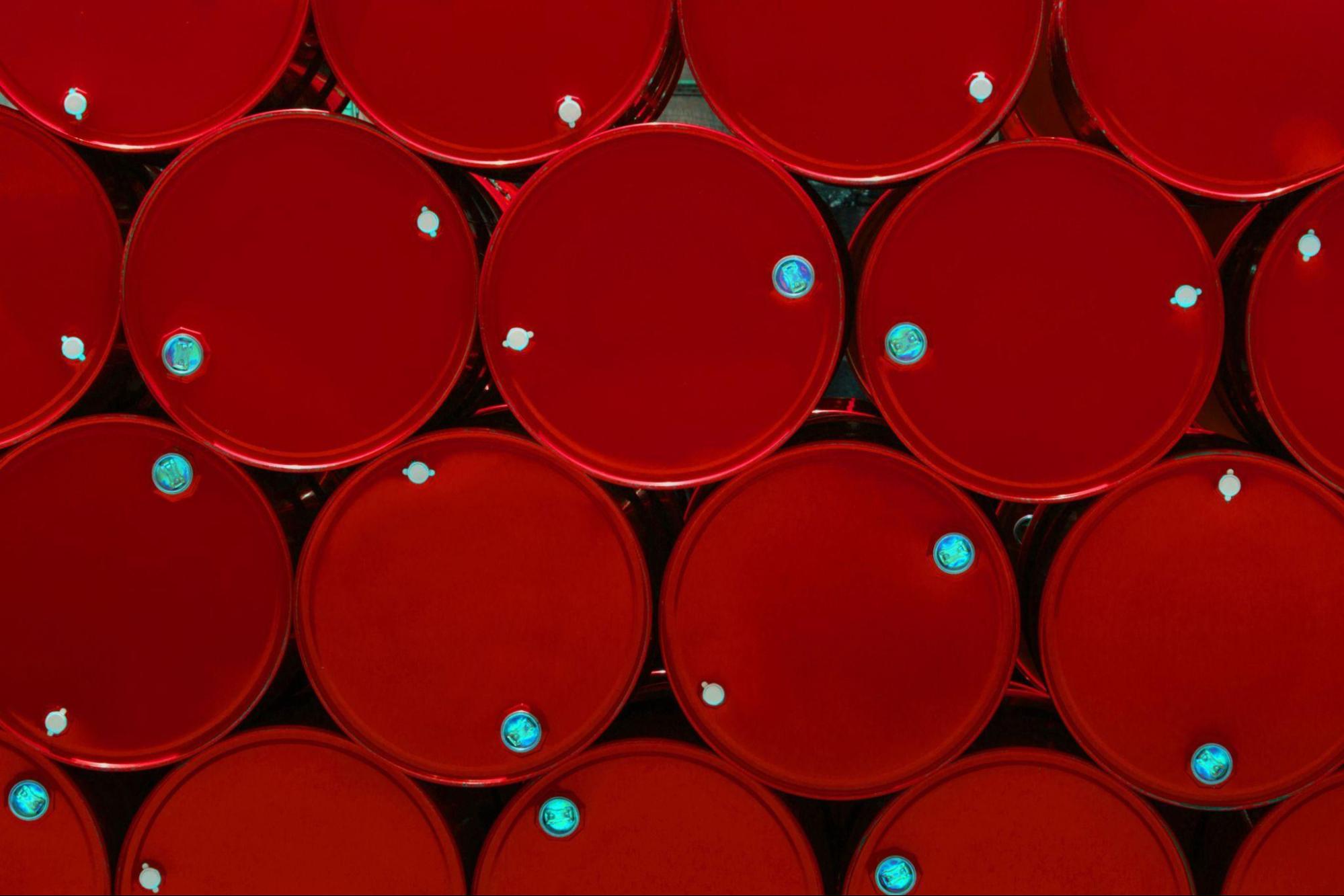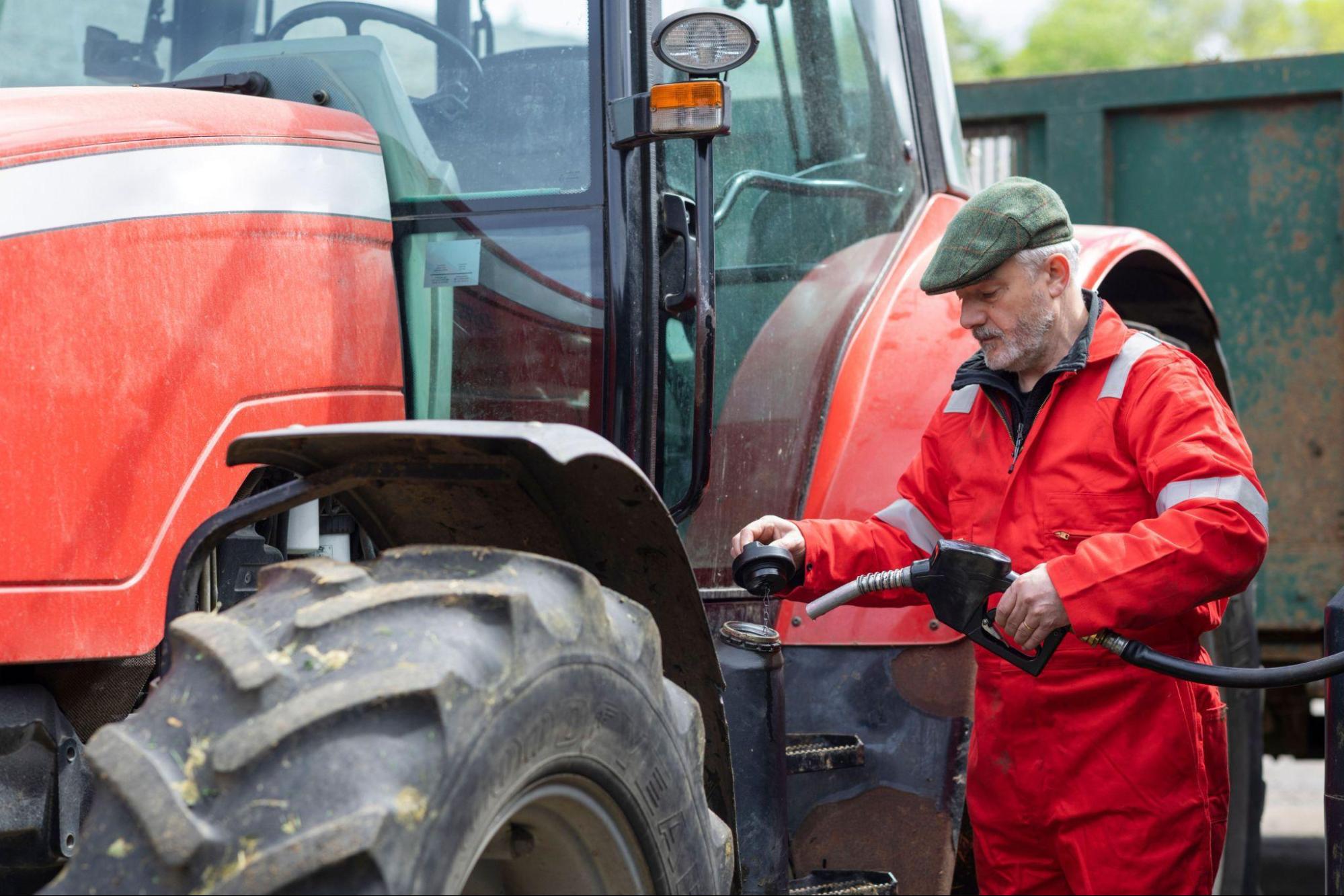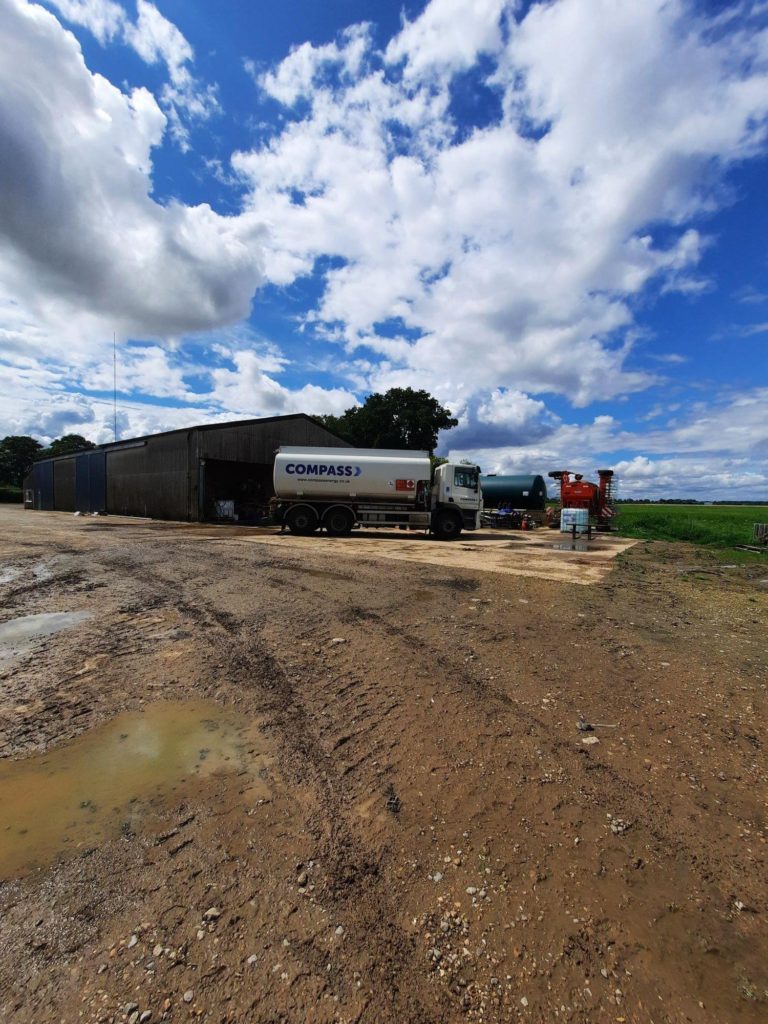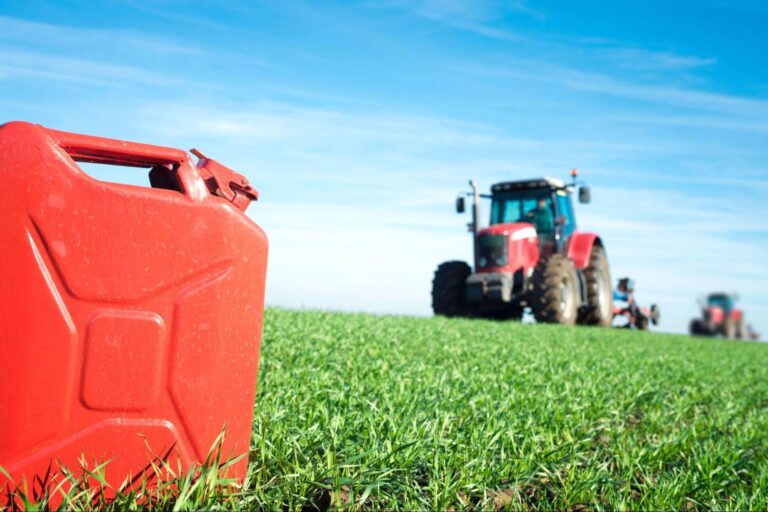How to Properly Store and Handle Red Diesel on Your Farm
It is important to properly store and handle red diesel to ensure the efficiency, longevity, and above all, safety of your farm operations. As it is an essential fuel when it comes to powering agricultural machinery, red diesel’s benefits can be fully realised only when it is managed properly.
Improper storage or mishandling red diesel can lead to fuel contamination, degradation, and safety hazards, which can disrupt your farming activities and incur additional costs. In this blog, get your hands on comprehensive guidelines on how to store and handle red diesel on your farm effectively. From choosing the right storage containers and locations to implementing best practices for fuel management, these tips will help you maintain the quality and safety of your red diesel supply, ensuring your farm runs smoothly and efficiently.
Let’s begin by why proper red diesel storage and handling are important.
Why is Proper Red Diesel Storage & Handling Important?

Proper storage and handling red diesel are important for various reasons. Understanding these reasons can help you implement the best practices to maintain the quality and safety of your fuel supply.
- Preventing Contamination
Red diesel can be contaminated from water, dirt, and microbes. Contaminated fuel can clog filters, damage engines, and reduce the efficiency of your machinery. By storing red diesel in clean, sealed containers and following proper handling procedures, you can prevent contaminants from entering the fuel and ensure your equipment runs smoothly.
- Maintaining Fuel Quality
Fuel degradation over time can affect the performance of red diesel. Exposure to sunlight, air, and temperature fluctuations can cause the fuel to break down and lose its efficacy. Proper storage conditions, such as using UV-resistant tanks and maintaining stable temperatures, help maintain the quality of red diesel, ensuring it remains effective for longer periods.
- Ensuring Safety
Red diesel is a flammable liquid, and improper red diesel storage or handling can pose significant safety risks, including fire hazards. Storing red diesel in approved containers away from ignition sources, implementing spill prevention measures, and training staff on safe handling procedures are essential steps to protect your farm and its workers from potential accidents.
- Compliance with Regulations
In the UK, strict regulations govern the storage and handling of red diesel to prevent environmental contamination and ensure public safety. Adhering to these regulations not only helps you avoid legal penalties but also shows your commitment to responsible farming practices. Proper storage facilities and procedures ensure you remain compliant with these legal requirements.
- Cost Savings
Properly stored and handled red diesel is less likely to degrade or become contaminated, reducing the need for frequent fuel replacement and machinery maintenance. This can lead to significant cost savings over time, as high-quality fuel ensures optimal machinery performance and reduces the risk of breakdowns and repairs.
How to Properly Store and Handle Red Diesel on Your Farm

Here are some key guidelines to follow for proper red diesel storage and handling::
- Choose the Right Storage Containers
The first step toward proper red diesel storage and handling is selecting appropriate storage containers for maintaining the quality of the fuel. You can use containers that are specifically designed for fuel storage. These are as follows:
- Double-skinned tanks: These tanks provide an additional layer of protection against leaks and spills
- UV-resistant containers: These containers prevent fuel degradation caused by sunlight exposure
- Bunds or spill containment trays: These can be used to contain any leaks or spills and prevent environmental contamination.
- Optimal Storage Location
The location of your fuel storage is critical for safety and efficiency. Here are some optimal red diesel storage locations:
- Away from ignition sources: Store red diesel away from open flames, sparks, and other ignition sources to prevent fire hazards.
- Shaded areas: You can store red diesel in shaded areas to minimise exposure to direct sunlight, which can degrade the fuel quality.
- Accessible location: Ensure the storage area is easily accessible for fuel delivery and machinery refuelling, but secure enough to prevent unauthorised access.
- Temperature Control
Maintaining a stable temperature is important to preserve red diesel quality. Here’s how to go about it:
- Avoid extreme temperatures: Both high and low temperatures can affect the fuel’s performance. Store red diesel in a temperature-controlled environment if possible.
- Insulated storage: Insulated tanks can help maintain a consistent temperature, protecting the fuel from temperature fluctuations.
- Regular Maintenance and Inspection
Routine maintenance and inspection of your storage system can prevent issues before they become significant problems. Here’s what you can do:
- Check for leaks: Regularly inspect tanks, pipes, and fittings for any signs of leaks or corrosion.
- Clean storage tanks: Clean your storage tanks periodically to remove sediment and microbial growth that can contaminate the fuel.
- Monitor fuel quality: Use fuel testing kits to check for contamination or degradation and address any issues promptly.
- Proper Handling Procedures
Implementing proper handling procedures ensures the safety of your fuel. Here’s what you can do:
- Use dedicated equipment: Always use equipment and tools specifically designed for fuel handling to avoid contamination.
- Train staff: Ensure that anybody handling red diesel is trained in safe handling procedures and emergency response.
- Spill prevention: Use funnels and spouts to prevent spills during refuelling, and have spill kits readily available in case of accidents.
Conclusion
Proper storage and handling of red diesel should be your priority to ensure the efficiency, safety, and longevity of your farm’s operations. If there is improper red diesel storage and handling, it can lead to fuel contamination, fuel degradation, fire hazard, and much more.
By selecting the right storage containers, optimising storage locations, maintaining stable temperatures, and implementing regular maintenance and inspection routines, you can preserve the quality of your fuel and prevent costly disruptions. Apart from this, adopting proper handling procedures and security measures further helps in cost-saving, while compliance with regulations safeguards your farm from legal repercussions.
Following these best practices for storing and handling red diesel will not only enhance the performance of your agricultural machinery but also contribute to a more sustainable and secure farming environment.
By prioritising proper fuel management, you can keep your farm running smoothly, efficiently, and safely, ensuring a reliable supply of energy for all your agricultural needs.








